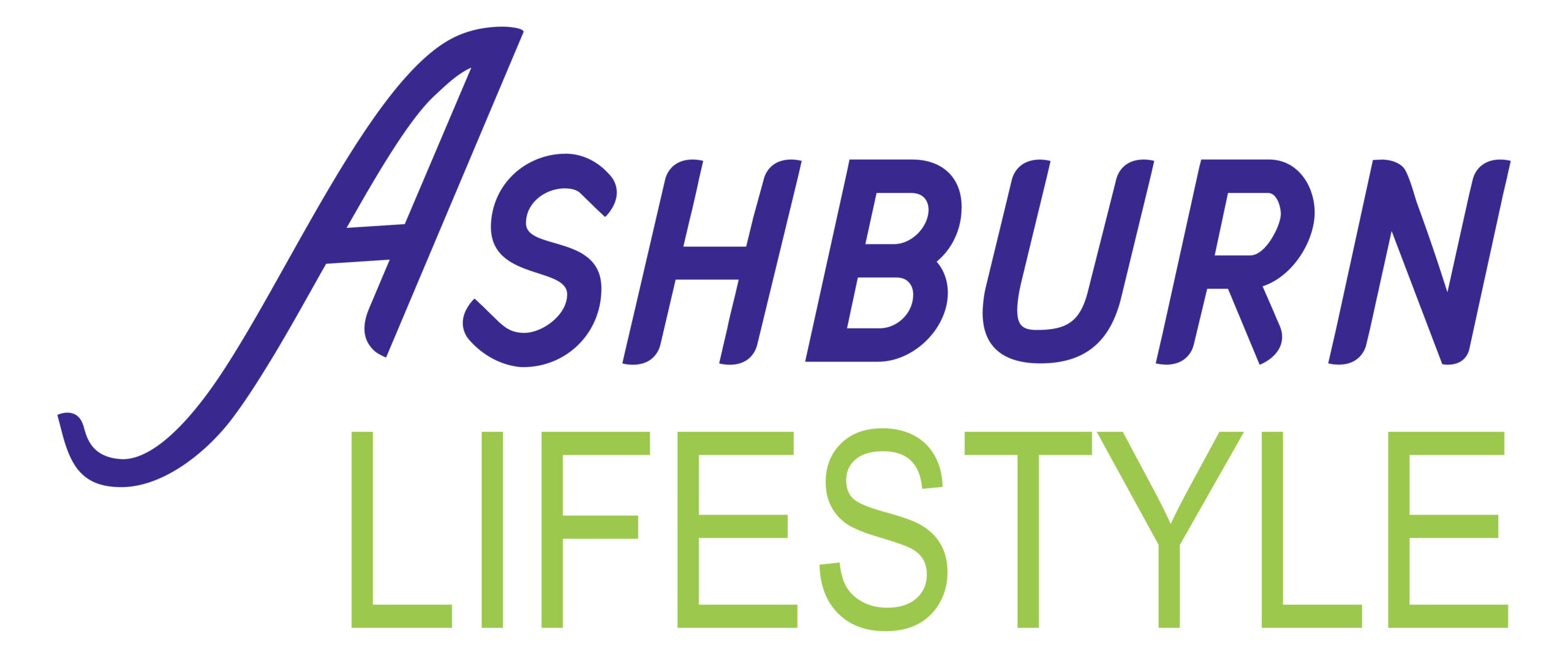What should I know before getting cosmetic Botox?
Considering Botox to start your “2023 new year, new me”? Here are a few facts and FYI’s to help you learn more about Botox treatment.
Botox is the trade name for onabotulinum toxin A, the most commonly used form of “botulinum toxin.” It is a protein created by the bacterium Clostridium botulinum that has the ability to stop a nerve’s ability to trigger muscle movement. This medication has a wide variety of medical uses, the most popular of which is as a wrinkle-reducer. There are other products on the market that are similar derivatives of botulinum toxin, namely Dysport and Xeomin. All three products work by the same method of stopping the release of nerve transmitters that cause muscles to contract.
At the forefront of any decision to do a medical procedure needs to be a good understanding of the risks. Although botulinum toxin injections are considered to be one of the safest cosmetic treatments available, there are always risks to any procedure. Patients should be aware that relaxing the muscles and skin in one part of the face may have an untoward effect on a nearby area. For instance, Botox Injections into the frontalis (forehead) muscle, which is the muscle that lifts the eyebrows, may cause the eyebrows to lower, which can result in bunching of the upper eyelid skin. To counterbalance this potential effect, your provider may recommend injecting next to and between the eyes to lift the brow. Going to an experienced specialist with an intimate understanding of facial anatomy and underlying musculature can help mitigate this potential downside. Another potential pitfall of Botox is that patients who are injected too often or with too much product may look overdone and be unable to show desirable emotions, including empathy. Asymmetries in facial structure can also be unmasked when the facial muscles are relaxed. And, lastly, because Botox is a muscle relaxer, it can also relax the thin muscles that are found surrounding our blood vessels. In fair-skinned patients, this can lead to areas of “flushing” around injection sites when there is an increase in blood pressure from exercise, for instance.
Cosmetic Botox injections are generally quick and easy, with minimal associated discomfort—most patients say it feels like a small “pinch” when the tiny needle is injected into the skin. Treatment typically takes 5 to 10 minutes, and recovery is minimal. Injections often take about three days to fully kick in but can take up to a week for you to see results. Botox injections are temporary (typically 3-4 months) and will require routine follow-up injections for continued rejuvenation. For patients with deep wrinkles or significant sagging of facial tissues, Botox may not be the best course of action. Doctors should treat each patient as an individual, and align your goals before proceeding with any intervention. Also, be sure to discuss with your doctor which facial creams and moisturizers you use.
Finally, researchers say the wrinkle-erasing treatment Botox may also be good for mental health. See the video below as News4’s Doreen Gentzler discusses the following questions:
- Does this study include both patients who use Botox for medical and cosmetic reasons?
- How does Botox help with mental health?
- How are people getting this emotional benefit from Botox?
- Is the positive effect of Botox permanent? How long do these effects last?
- Is Botox covered by health insurance for mental health benefits?
- How many people were involved in the study about Botox affecting mental health?


 Hot News
Hot News









